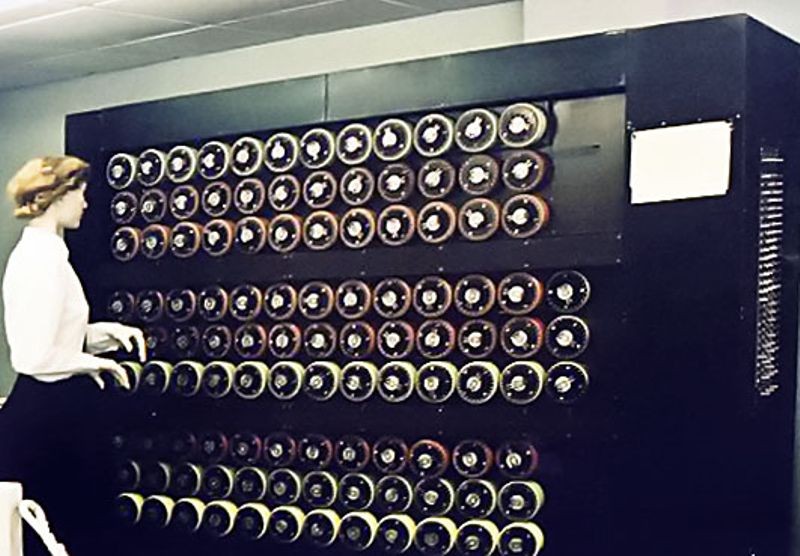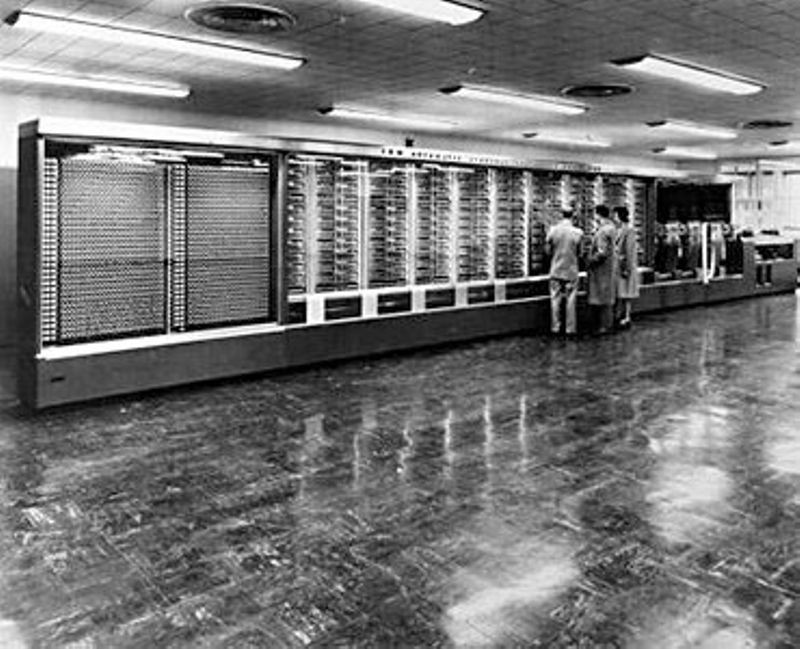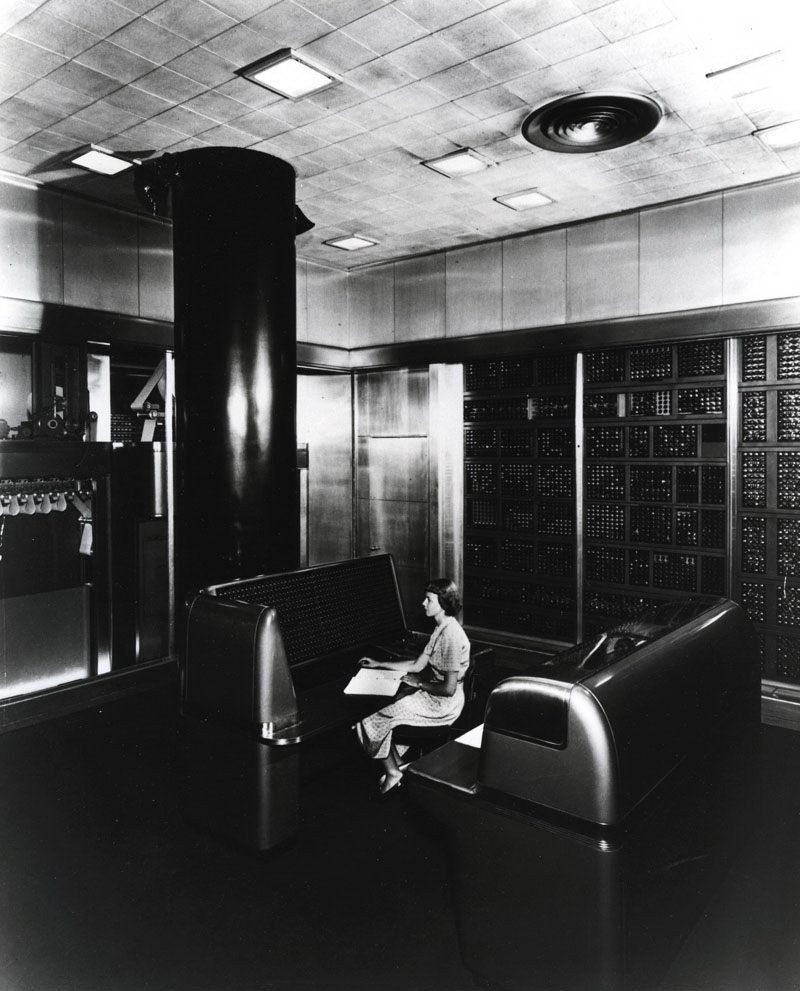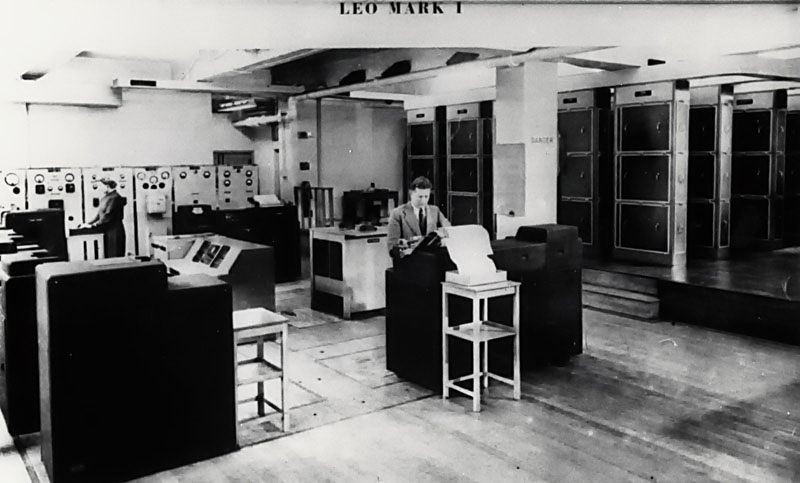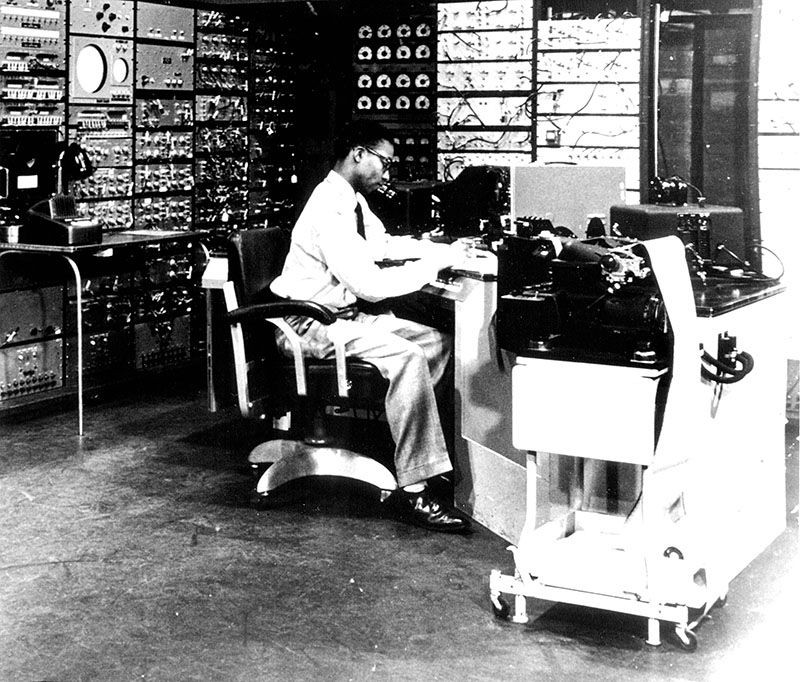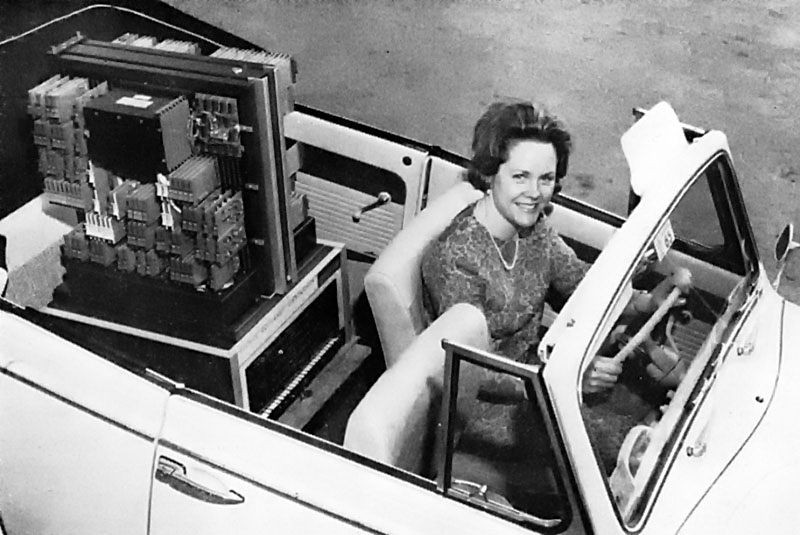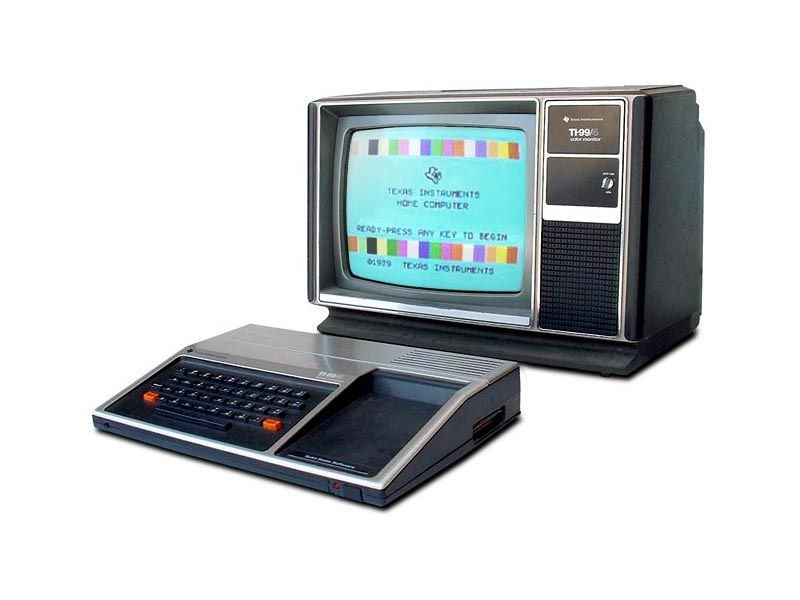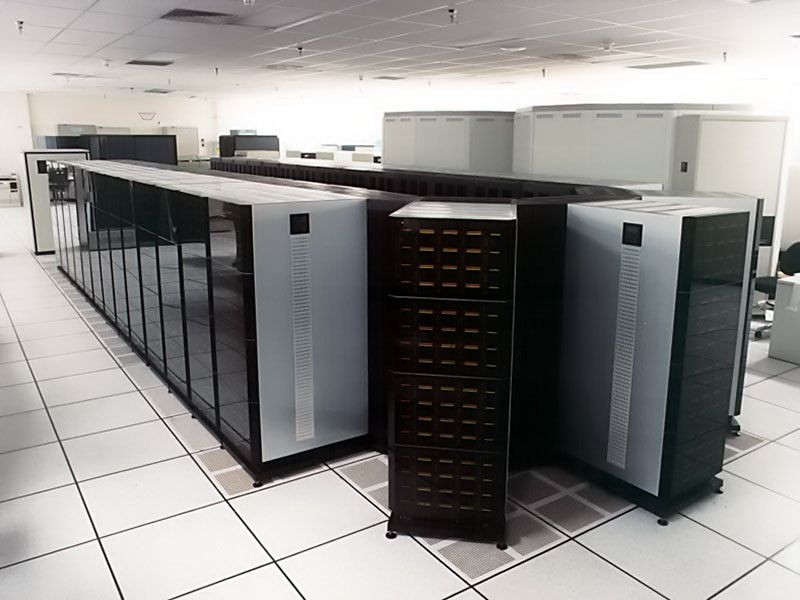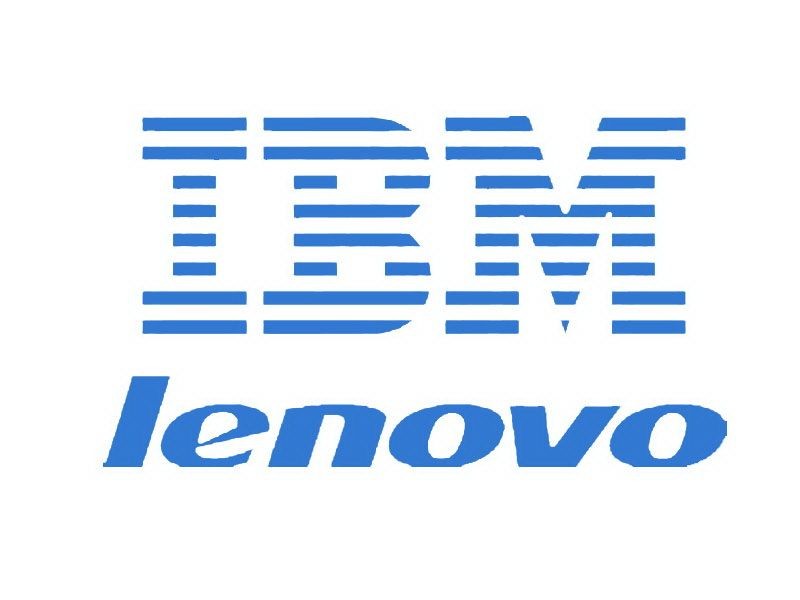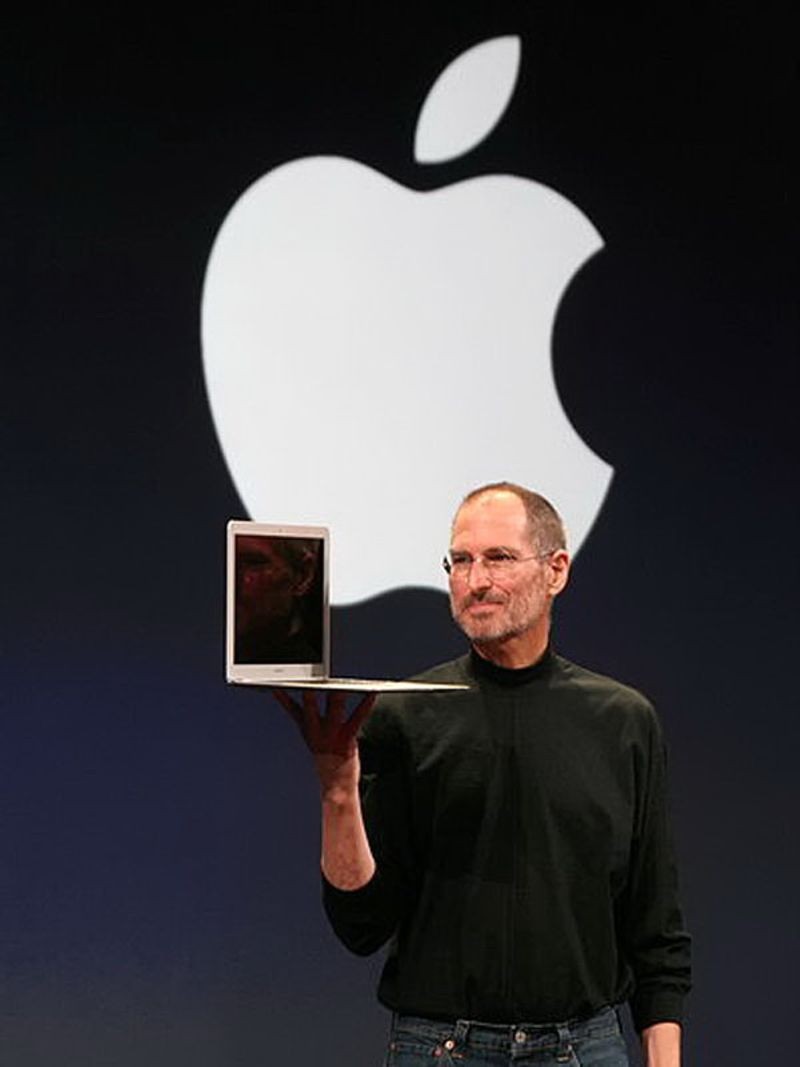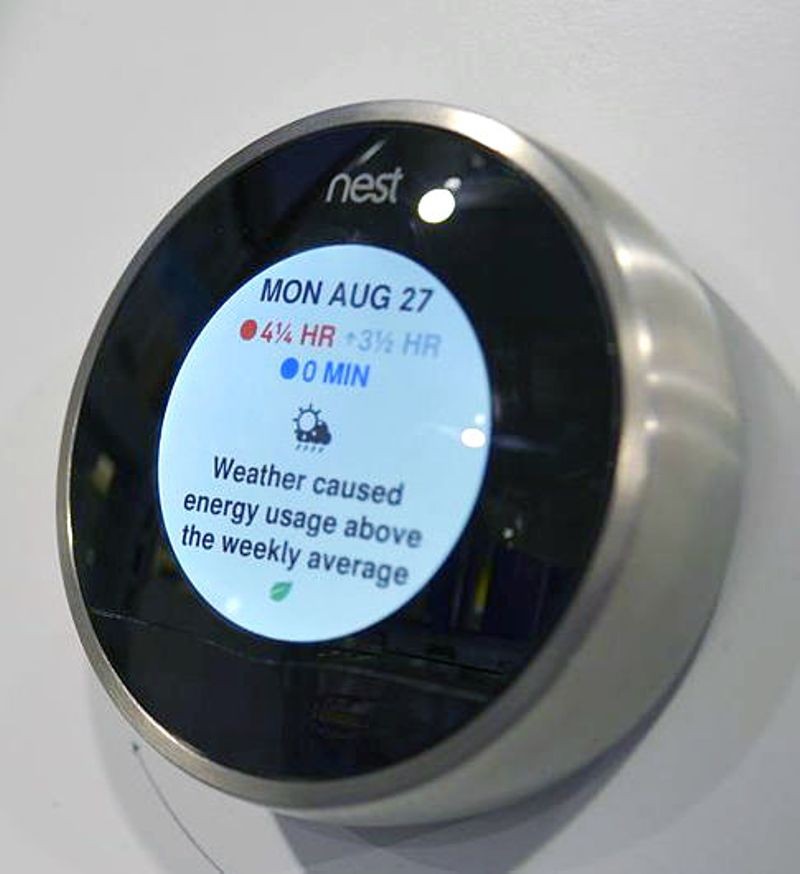Bell Laboratories scientist George Stibitz uses relays for a demonstration adder
Called the “Model K” Adder because he built it on his “Kitchen” table, this simple demonstration circuit provides proof of concept for applying Boolean logic to the design of computers, resulting in construction of the relay-based Model I Complex Calculator in 1939. That same year in Germany, engineer Konrad Zuse built his Z2 computer, also using telephone company relays.






